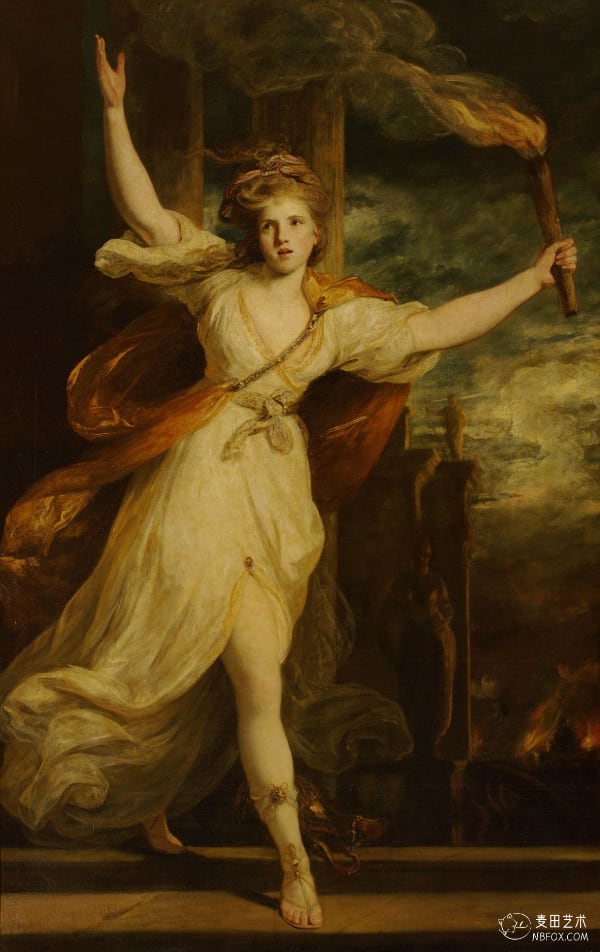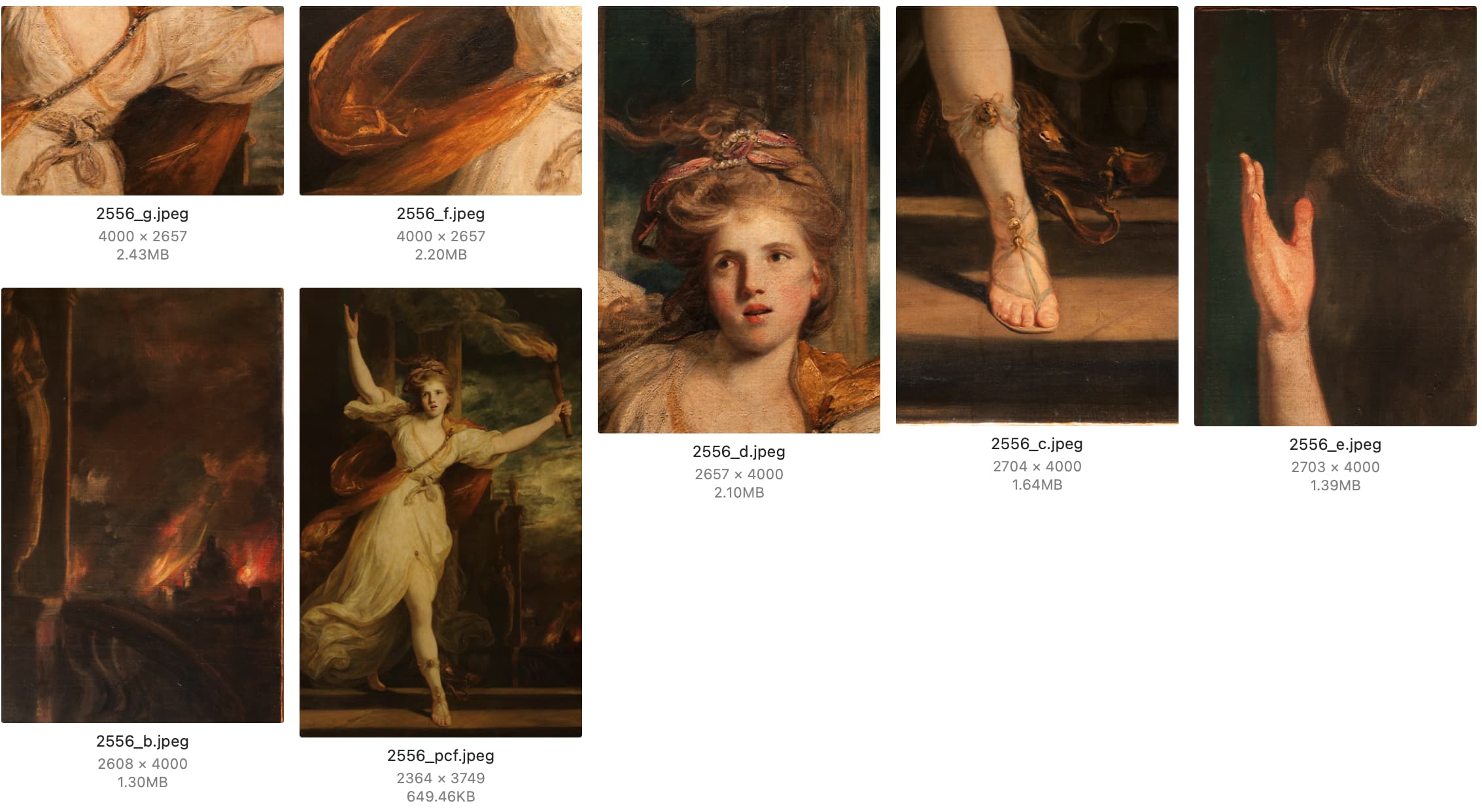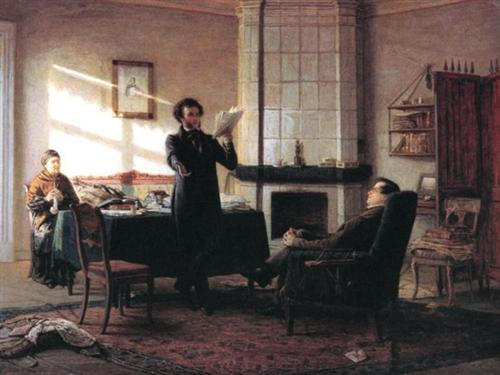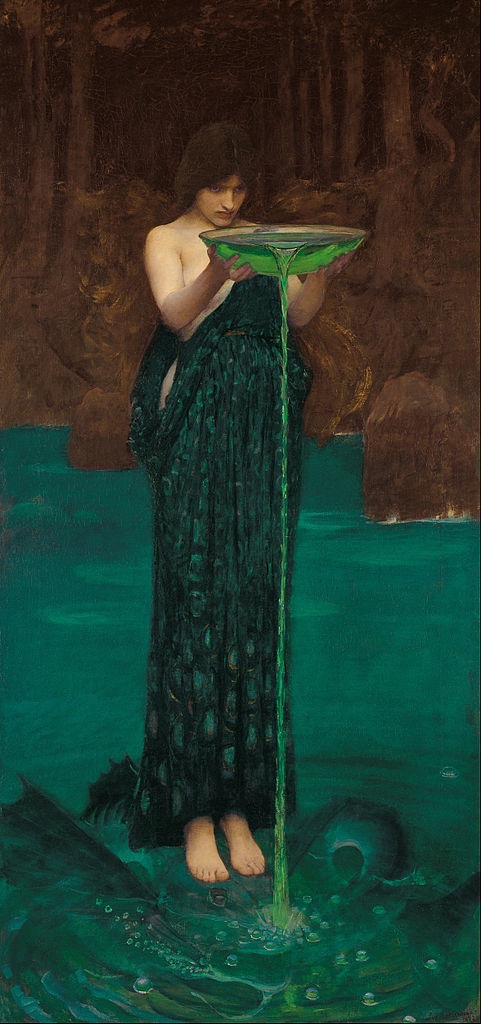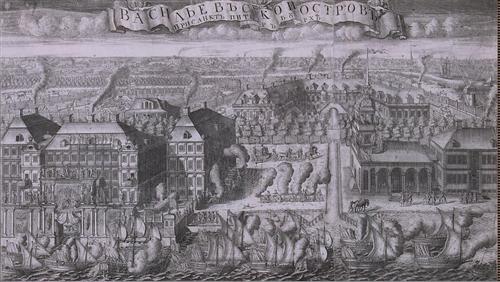图片尺寸:2364 × 3749 像素
作品名称:Thais of Ahens with Tourch
创作者:Joshua Reynolds
创作年代:1781
风格:洛可可
体裁:历史画
材质:布面油画
实际尺寸:229.3 x 144.8 cm
现位于:Waddesdon Manor
版权信息: Public Domain(公有领域)
无水印高清图下载
图片尺寸:2364 × 3749 像素
图片大小:11.7 MB (含6张高清细节图)
图片格式:JPG
下载方式:百度网盘
下载地址:

作品介绍
机器翻译:
长方形布面油画,全幅描绘了艾米莉-波特扮演的泰伊丝。身着古典服饰的泰斯走下台阶,在波斯波利斯燃烧的建筑物前。她伸出双臂,右手拿着一个点燃的火把。在她的脚下有一个翻转的金属陶罐。天空被大火的烟雾熏得漆黑一片。建筑物上都有雕像装饰。
约书亚-雷诺兹通过结合肖像画、古典文学和社会评论,将艾米莉-伯蒂-波特的这幅肖像画变成了一幅宏大的历史画。泰斯曾鼓励亚历山大大帝焚烧波斯波利斯宫,这一点很有名。在18世纪,她与像艾米丽这样的女人联系在一起,艾米丽是查尔斯-格里维尔的一个臭名昭著的情妇。
原文:
Rectangular oil painting on canvas with a full-length depiction of Emily Pott as Thaïs. Thaïs, in classical dress, walks down the steps in front of the burning buildings of Persepolis. Her arms are outstretched and she holds a lit torch in her right hand. There is an upturned metal ewer at her feet.The sky is dark with the smoke of the fire. The buildings are decorated with statues.
Joshua Reynolds turned this portrait of Emily Bertie Pott into a grand history painting by combining portraiture, classical literature and social comment. Thaïs famously encouraged Alexander the Great to burn the Palace of Persepolis. In the 18th century, she was associated with women like Emily, an infamous mistress of Charles Greville.
作品资料
机器翻译:《历史画:约书亚-雷诺兹的《手持火炬的雅典人》,1781年》
围绕着公元前330年亚历山大大帝焚烧伟大的波斯古都波斯波利斯的臭名昭著的事件被蒙上了神秘的色彩。波斯波利斯被夷为平地是事实。这一事实是没有争议的。但是,对于发生了什么,谁应该受到责备,以及为什么会发生这样的事情,这个问题的核心是相当耐人寻味的。这些几乎不可能的问题的答案可以在至少三位历史学家撰写的古代文献中找到,他们基本上都同意火灾是由年轻的希腊宫女泰斯在一次醉酒狂欢中劝说亚历山大大帝引发的,作为对波斯战争期间雅典卫城被亵渎的报复行为。
在我继续之前,有必要指出,那些将泰斯诬陷为火灾的煽动者的历史学家,都是在事件发生数个世纪之后,根据早已湮没在历史中的早期作品写下他们的叙述。因此,我想我们不得不相信他们的话,认为它发生了。然而,在2世纪尼科梅迪亚的历史学家阿里安写的一个相互矛盾的叙述中,它并不那么明确。阿里安认为,波斯波利斯是在亚历山大的严肃命令下被故意烧毁的。他的军队系统地洗劫和烧毁了这座城市,作为对波斯人对希腊城市所犯罪行的报复。阿里安是如何得出这个结论的呢?嗯,因为托勒密(亚历山大的将军)和历史学家卡桑德拉的亚里斯托布鲁斯,显然都是波斯波利斯被毁的目击者,他们都没有在他们的描述中提到所谓的导致火灾的臭名昭著的酒会。因此,简而言之,根据阿里安的说法,可以说并没有什么醉酒派对导致醉酒的亚历山大做出这样一个错误的决定。
无论真相如何,像泰斯这样受过教育的宫女或情妇在这部历史剧中占据了首要位置,这仍然令人陶醉。有趣的是,在火灾发生之前,关于泰斯的信息并不多,只是说她是托勒密的情人,也可能是亚历山大的情妇,她在亚历山大大帝的战役中加入了这两个人。
如果我们快进到有关的醉酒之夜,在可能是为纪念亚历山大的胜利而举行的庆祝活动中,正是在这里,一个非常微醉的、声情并茂的泰伊丝鼓起勇气,发表了对波斯人进行报复的演讲。她说:"......对亚历山大来说,如果他加入他们的凯旋队伍,放火烧毁宫殿,并允许妇女在一分钟内熄灭波斯人著名的成就,这将是他在亚洲的所有壮举中最出色的。" (Diodorus Siculus XVII.72)就这样,在一个疯狂的时刻,亚历山大在这之后不久显然跃跃欲试,手里拿着火把带路。泰伊丝则是继亚历山大之后,第一个将她燃烧的火把扔进宫殿的人。据说,在宫殿被毁后(甚至违背了不要放火的建议),亚历山大会后悔的。
在艺术史上,著名的18世纪英国画家约书亚-雷诺兹受查尔斯-格雷维尔的委托,创作了一幅画,也许能最好地说明伟大的古波斯文明即将陷入火海的情况。雷诺兹为他的主题选择了一个非常戏剧性的姿势,即泰斯手拿火把带头冲锋。雷诺兹的灵感显然来自于约翰-德莱斯顿(John Dryscden)1697年的诗作《亚历山大的盛宴》,其中有这样一段话:"泰伊丝带路/照亮他的猎物/就像另一个海伦,支撑着另一个特洛伊"。
雷诺兹的历史画作《拿着火炬的雅典人泰伊丝》具有异乎寻常的野性,她伸出的双臂可以说是我最喜欢的对泰伊丝在波斯波利斯带领毁灭冲锋的描绘。洛多维科-卡拉奇(Lodovico Carracci)和乔治-罗切格罗西(George Rochegrosse)等画家的其他作品也值得一提,他们对泰伊丝乱跑的描写。后者有趣地描绘了亚历山大将泰伊丝高高举过头顶,以便她能放火烧掉一面旗帜。但在我看来,泰伊丝和她在雷诺兹历史画中的任性行为,在浓烟弥漫的空气中,在城市燃烧的背景下,同样令人振奋,并试图讲述一个故事。
原文《History Painting: ‘Thaïs of Athens with Torch’ by Joshua Reynolds, 1781.》
The notorious events surrounding the burning of the great ancient Persian capital of Persepolis in 330 BCE by Alexander The Great is clouded mystery. It is true that Persepolis was razed to the ground. That fact is not disputed. But what is central to the question of what happened, who was to blame and why did it happen in the first place is quite intriguing. The answer to these almost impossible questions are found in ancient texts written by at least three historians, who all basically agree that the fire was started when Thaïs, a young Greek courtesan, during a drunken orgy persuaded Alexander The Great to do it, as an act of revenge for the desecration of the Acropolis in Athens during the Persian War.
Before I go on, it is important to note that the historians who framed Thais as the instigator of the fire, all wrote their accounts centuries after the event, based on earlier works long lost to history. So I guess we will have to take their word for it that it happened. Then again, in a conflicting account written by the 2nd century historian Arrian of Nicomedia, its not so clear-cut. Arrian believes Persepolis was deliberately burned upon Alexander’s serious-minded orders. His troops systematically sacked and burned the city as retribution for crimes committed by the Persians against Greek cities. How does Arrian come to this conclusion? Well because Ptolemy (Alexander’s general) and historian Aristobulus of Cassandreia, who were both apparently eye witnesses to the destruction of Persepolis, both fail to mention in their accounts the alleged infamous drinking party that led to the fire. So, in short, it’s fair to say according to Arrian that there was no drunken party that led to an inebriate Alexander to make such a foul decision.
Whatever the truth might be, it is still nonetheless intoxicating that an educated courtesan or mistress like Thaïs has top billing in this historical drama. Interestingly, there is not a lot of information about Thais prior to the fire, except to say that she was the lover of Ptolemy, and also possibly Alexander’s mistress, who joined both men during Alexander The Great campaigns.
If we are to fast forward to the drunken night in question during what might have been festivities in honour of Alexander’s victories, it is here that a very tipsy and vocal Thaïs worked up the courage and delivered a speech exacting revenge against the Persians. She said, “…that for Alexander it would be the finest of all his feats in Asia if he joined them in a triumphal procession, set fire to the palaces, and permitted women’s hands in a minute to extinguish the famed accomplishments of the Persians.” (Diodorus Siculus XVII.72) And so, in a moment of madness, Alexander not long after this apparently leapt to his feet and with a torch in his hand led the way. Thaïs for her part was the first, after Alexander, to throw her blazing torch into the palace. It is said that in the aftermath of the destruction of the palace (even against advise not to set fire to it) that Alexander would come to regret it.
In art history, the renowned 18th century English painter Joshua Reynolds was commissioned by Charles Greville to produce a painting that would perhaps best illustrate the great ancient Persian civilisation about to go up in flames. For his subject Reynolds chose a very dramatic pose of Thaïs leading the charge with a torch in her hand. Reynolds was apparently inspired by John Dryscden’s 1697 poem, ‘Alexander’s Feast’ and the passage that read: ‘Thais led the Way/ To light him to his Prey/ And, like another Helen, fir’d another Troy.’
With her exotically wild appearance and her arms outstretched, Reynolds history painting ‘Thaïs of Athens with Torch’ is arguably my favourite depiction of Thais leading the charge of destruction through Persepolis. Other examples by painters such as Lodovico Carracci and George Rochegrosse are also noteworthy in their depiction of Thaïs running amok. The latter interestingly illustrates Alexander lifting Thaïs high above heads so she can set fire to a banner. But for my mind Thaïs and her wilful actions in Reynolds history painting set against the heavy smoke filled air with the city burning in the background is equally exciting and provoking in its attempt to tell a story.(原文链接)
